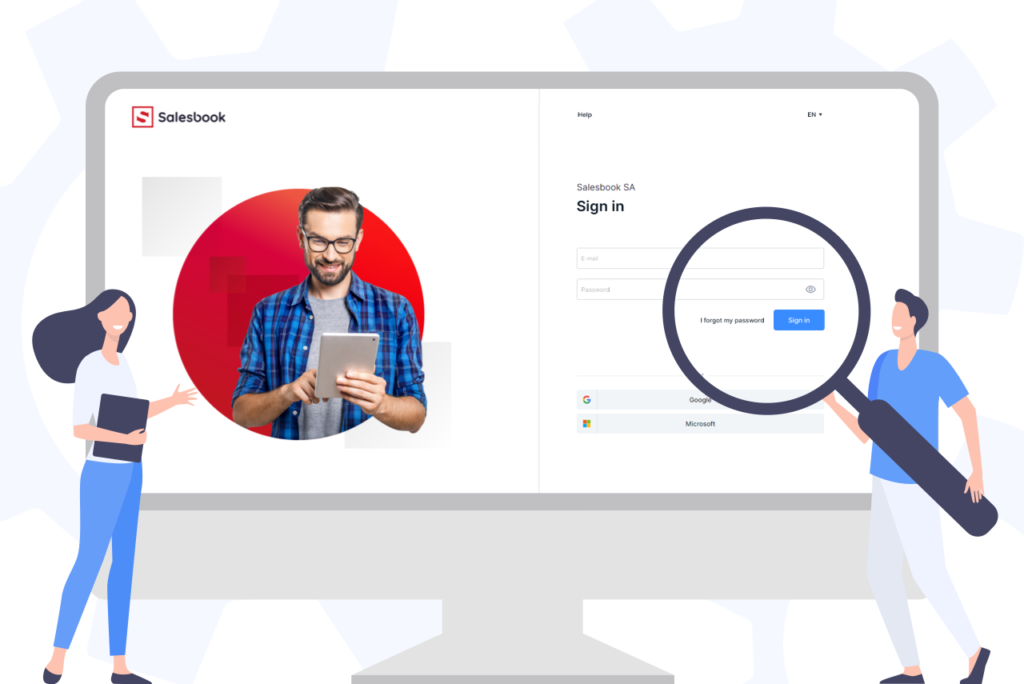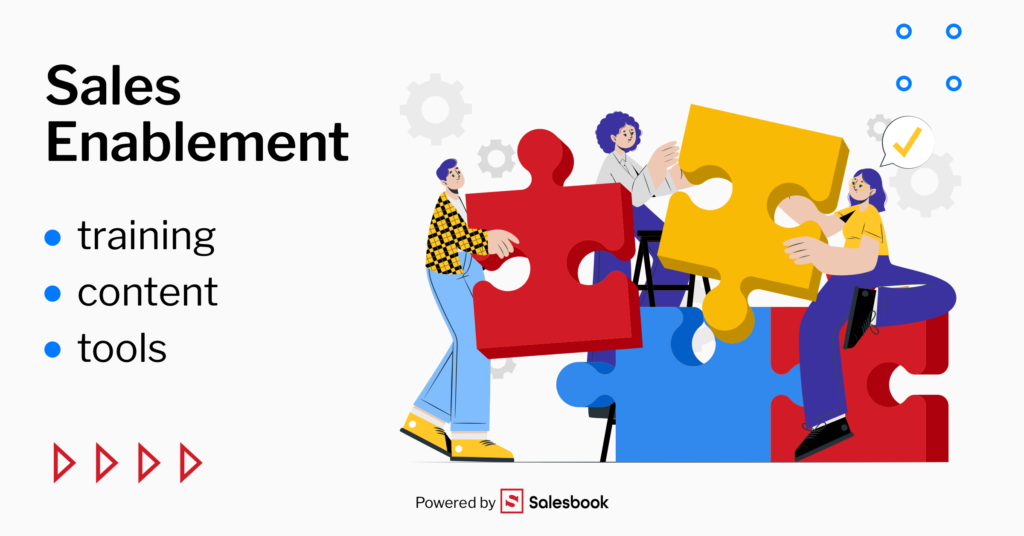How to Find New Sales Leads?


Understanding the nuances of generating high-quality sales leads is crucial for any business. This guide delves deep into the realm of lead generation, providing actionable insights and strategies.
Introduction to Sales Leads
At the heart of every thriving business lies a consistent influx of sales leads. These are not just names or contacts; they symbolize potential growth opportunities. Capturing, nurturing, and converting these leads is the cornerstone of a sustainable growth strategy.
Sales leads can come from a plethora of sources. From traditional methods like trade shows and referrals to digital avenues such as social media campaigns and online ads, the sources are vast and varied. For instance, a SaaS company might find a goldmine of leads from a targeted LinkedIn ad campaign, while a local artisanal bakery might garner most of its leads from walk-ins or local farmers’ markets.


Understanding the Basics of Leads
Before a business can capitalize on its lead generation strategies, it’s crucial to understand what qualifies as a sales lead. These prospective entities indicate a budding interest in your product or service and potentially contribute to your revenue.
The rise of digital platforms has dramatically transformed how businesses generate leads. A 2019 HubSpot report found that 61% of marketers considered SEO (Search Engine Optimization) as their top inbound marketing priority. This shift underscores the importance of online presence in the modern lead generation landscape.
What Exactly is a Sales Lead?
In its most fundamental form, a sales lead represents an individual or organization showing an interest in what you offer, whether that’s a product, service, or solution. This interest is typically indicated by the lead taking a specific action, such as signing up for a newsletter, making an inquiry, or following your brand on social media.
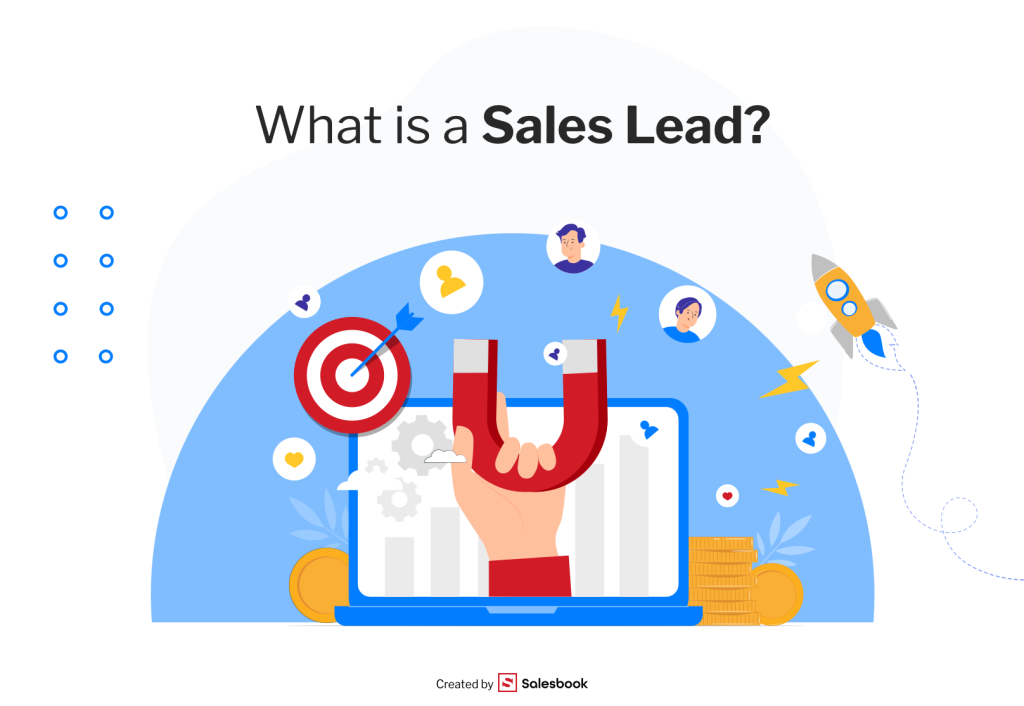

The Journey from Cold to Hot Leads
Leads can be classified based on their engagement and interest levels:
- Cold Leads: These are individuals who might not know about your business or have shown minimal interest. They might have come across your brand through passive channels like a search engine or a third-party reference.
- Warm Leads: Warm leads are those that have shown a direct interest in your offerings. Maybe they’ve subscribed to your blog, downloaded a whitepaper, or attended a webinar. They’re aware of your brand and have engaged with your content.
- Hot Leads: These leads are not only familiar with your brand but have also shown a clear intention of purchasing. They’ve probably had direct interactions with your sales team, requested a product demo, or even added a product to their cart without completing the purchase.
Each type of lead requires a different approach, with tailored communication strategies to guide them further down the sales funnel.
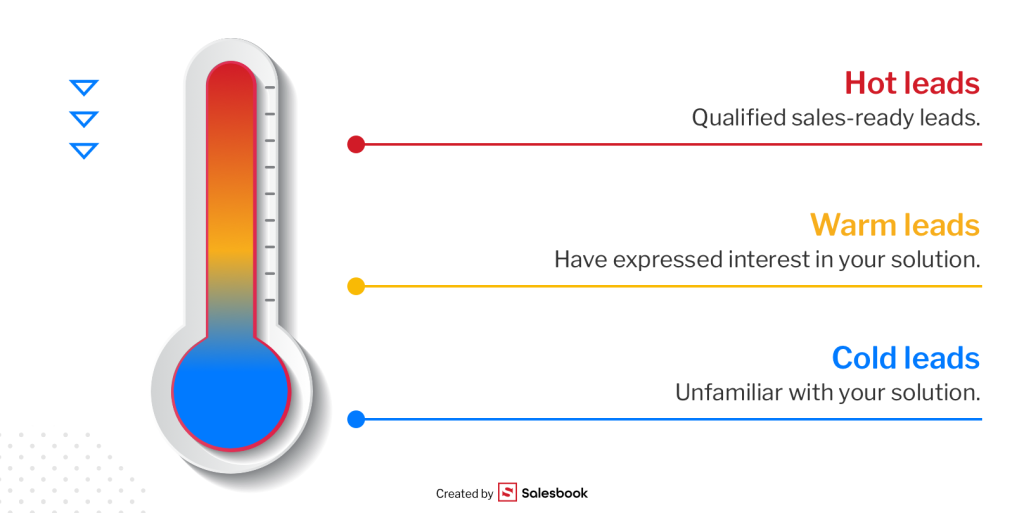

Quality vs. Quantity: Recognizing a Good Sales Lead
It’s not just about generating leads; it’s about generating high-quality leads. High-quality leads represent potential customers with a genuine interest and the financial means to invest in a product or service.
According to a 2020 HubSpot report, companies that prioritize lead quality generate 60% more sales-ready leads.
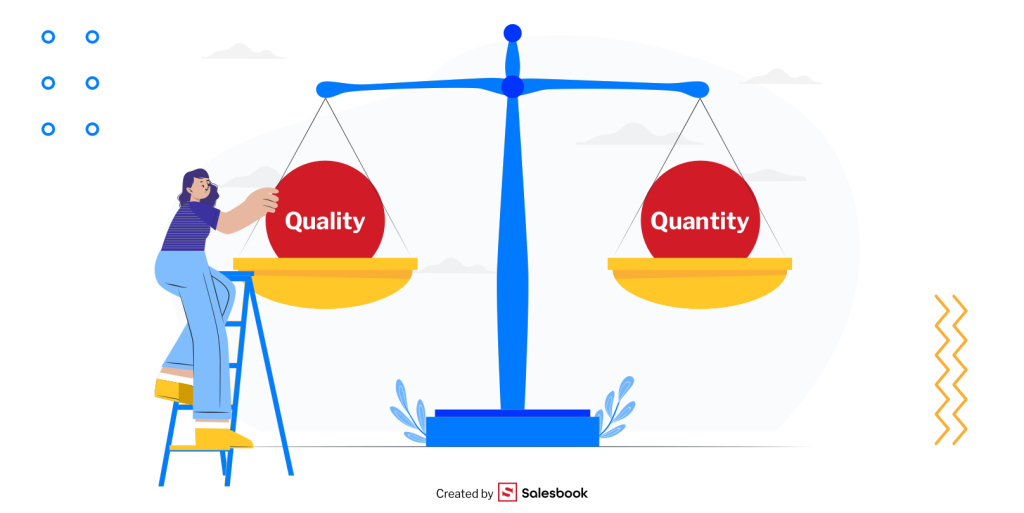

The Importance and Purpose of Leads
A strong pipeline of quality leads is critical for a company’s sales and marketing teams, bridging the gap between brand awareness and revenue generation.
The Role of Lead Generation in Business Growth
Lead generation is a pivotal cornerstone of a company’s expansion strategy. More than just attracting prospects, it’s about drawing in quality leads who can become loyal customers.
A study by Harvard Business Review affirmed that companies with structured lead generation approaches enjoy a 9.3% higher sales quota achievement rate.
In today’s digital age, businesses can tap into vast online audiences, but the challenge lies in discerning quality over quantity.
Effective lead generation doesn’t just boost sales but elevates brand reputation and provides key market insights. It’s an indispensable tool in the modern business arsenal, driving sales, brand trust, and market understanding.
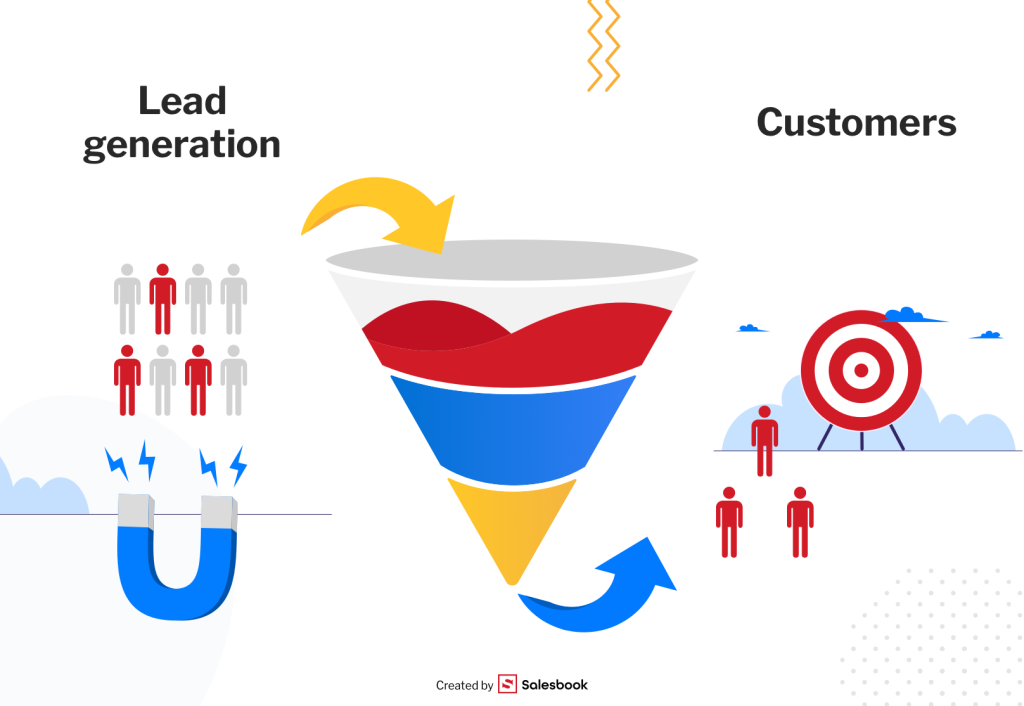

Examples and Types of Leads
In the realm of sales and marketing, leads are often categorized based on their likelihood to convert into customers. Two primary classifications used by businesses are Marketing Qualified Leads (MQL) and Sales Qualified Leads (SQL).
An MQL is a lead that has shown interest in what a company offers based on marketing efforts or is deemed more likely to become a customer compared to other leads. These leads have often engaged with the company’s marketing content, such as downloading a whitepaper or attending a webinar, but they haven’t yet expressed a clear intent to purchase.
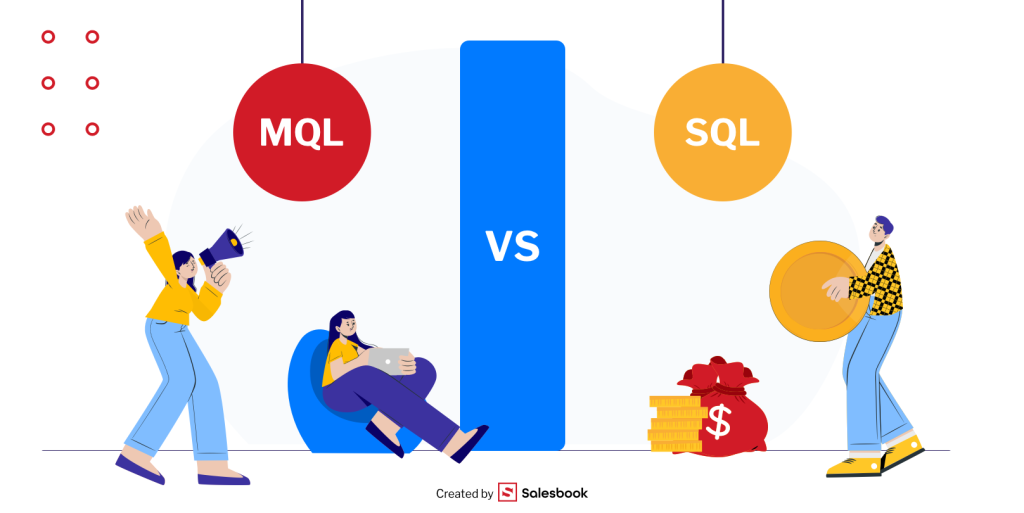

On the other hand, an SQL is a lead that has demonstrated a distinct interest in purchasing a company’s products or services. These leads have usually undergone an initial lead qualification process where specific interest in making a purchase has been identified.
In essence, the primary difference is their position in the sales funnel. MQLs are leads that the marketing team identifies as potential customers, but they might require more nurturing before making a purchase decision.
SQLs are those that the sales team recognizes as being ready for a direct sales approach. Properly differentiating between MQLs and SQLs can streamline the sales process, ensuring that the sales team only spends time on leads that are genuinely ready to buy.
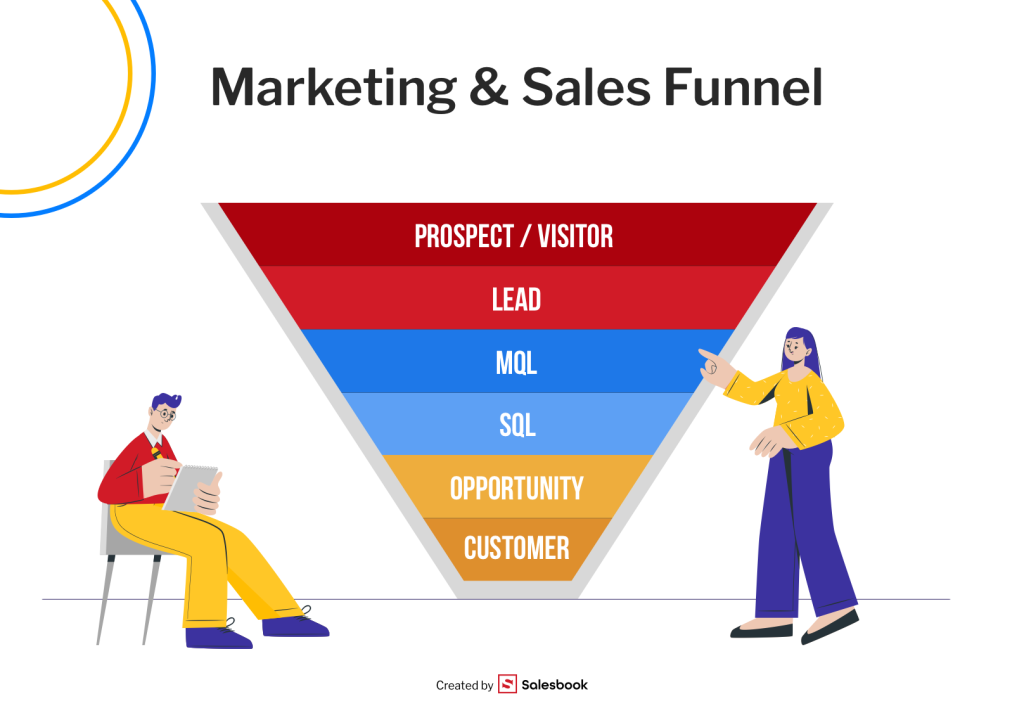

Exploring Different Kinds of Leads
From casual website visitors to engaged email subscribers, the spectrum of leads varies widely, requiring different lead gen approaches.
To further elucidate the difference between MQLs and SQLs, let’s consider real-world scenarios in the context of popular tech companies.
Let’s dive into the intricate world of lead categorization using scenarios from renowned tech enterprises.
Adobe
Picture this: At Adobe, a budding designer decides to take the plunge and downloads a Photoshop trial. Their actions show intrigue but don’t confirm a commitment to buy – this is a classic case of a marketing qualified lead. However, things take a turn when an established design studio directly seeks information on the Creative Cloud enterprise offering. Their query, targeted and precise, earmarks them as a sales qualified lead.
Zoom
Switching gears to Zoom, consider a scenario where a schoolteacher pores over online resources, trying to decipher the platform’s utility for digital teaching. This research-oriented approach classifies them as an MQL. On the other hand, when a global firm schedules a detailed demonstration of Zoom’s business solutions with the intent of a company-wide implementation, it’s clear they’re operating in SQL territory.
Dropbox
Lastly, when discussing Dropbox, imagine a college-goer using the platform’s free tier to store academic material. Their usage, while earnest, is rooted in exploring the platform’s basics, making them an MQL. Contrastingly, a business entity, eager to delve into the nuances of Dropbox Business, especially its advanced collaboration tools and security features, showcases intent that is unmistakably that of an SQL.
By traversing through these tech landscapes, the distinction between casual interest and genuine purchasing intent, represented by MQLs and SQLs respectively, becomes strikingly clear.
It’s this discernment that empowers companies to calibrate their outreach strategies effectively.
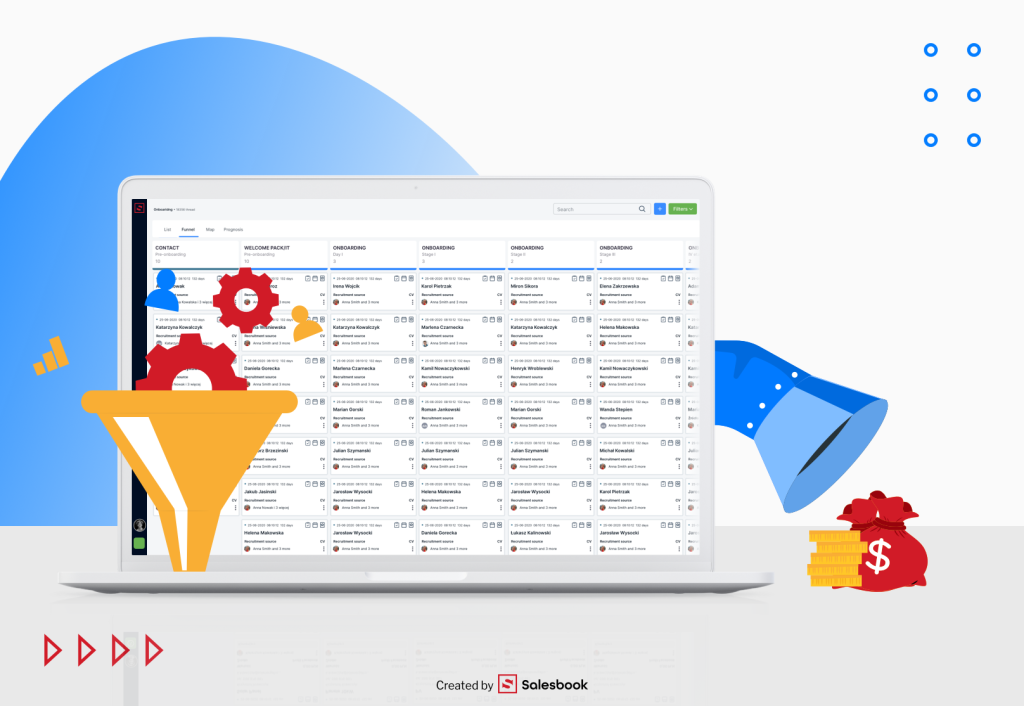

How to Find and Generate New Sales Leads
Generating leads is an evolving art. As the digital landscape continually transforms, the lead generation strategies adopted by businesses to lure potential customers are also constantly refined. Every year brings forth fresh challenges, technological innovations, and shifts in consumer behavior.
Thus, staying updated on the latest methods to acquire leads is crucial for the survival and growth of any business.
What to do to find a new leads?
From the initial point of contact to the final sale, lead generation is a sophisticated blend of strategy and tools. Whether you’re a new startup or an established enterprise, this ecosystem plays a pivotal role.
Step 1: Identifying and Targeting Your Audience
Before initiating lead gen efforts, businesses must have a clear understanding of their target audience. By identifying demographics, psychographics, and behaviors, marketing and sales teams can tailor their strategies for optimum impact.
Step 2: Utilizing Lead Scoring Systems
Not all leads are created equal. This is where lead scoring comes in, ranking potential customers based on their likelihood to convert. Companies that employ lead scoring witness a 77% boost in lead generation ROI, according to a study by MarketingSherpa.
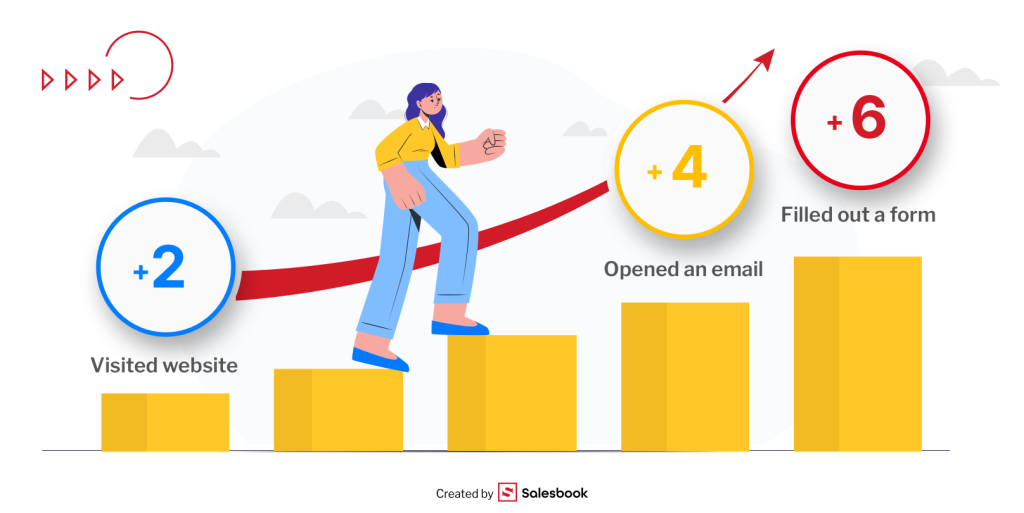

Step 3: Be where your customers are
Conduct thorough research and find out where your potential customers are most likely to be. Now that you know who they are, what qualities they have and what behaviours characterise them, now become a participant in their everyday life. If your customers are a group that is active on Linkedin, then don’t waste money on sourcing them on Pinterest, as you are highly unlikely to find them there.
Step 4: Read on and learn about the tools and techniques needed to acquire leads


The Art and Science of Lead Acquisition
Modern lead generation efforts require a meticulous mix of both art and science. They seamlessly blend traditional and online lead generation techniques to capture a wide target audience. While the ‘art’ aspect of it revolves around understanding your audience, crafting the perfect message, and engaging them effectively, the ‘science’ part delves into data analytics, A/B testing, and using insights to refine strategies.
This combination ensures that businesses can reach out to potential leads with the right message at the right time and on the right platform.
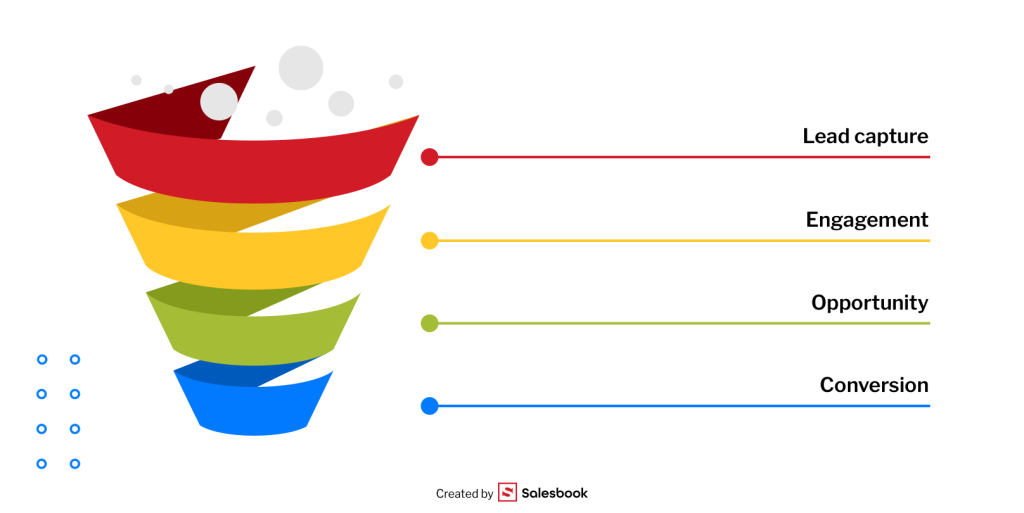

Digital Methods for Lead Generation
The digital sphere is a treasure trove when it comes to sourcing leads. From search engine optimization (SEO) which ensures businesses rank prominently in search results, to pay-per-click (PPC) advertising that positions brands directly in front of their target audience, the avenues are plenty.
Additionally, social media platforms, with their billions of users, present an unparalleled opportunity. Content marketing, meanwhile, serves as the backbone, providing valuable information to audiences while positioning brands as industry leaders.
In fact, a recent Statista survey revealed a staggering statistic: 85% of marketers view social media as an indispensable platform for lead generation. This emphasizes the growing importance of digital strategies in the contemporary business landscape.
Traditional Lead Generation Techniques
While it’s easy to be enamored by the glittering world of digital, it’s vital not to overlook the power of traditional lead generation techniques. Old-school methods, like attending networking events, participating in trade shows, or even cold calling, provide an irreplaceable human touch.
They offer sales teams an invaluable face-to-face interaction with prospective leads, allowing for immediate feedback, building rapport, and fostering trust. These interactions can lead to long-term relationships and, ultimately, a higher probability of conversion compared to impersonal digital methods.
In a world increasingly dominated by screens, the significance of a handshake, an exchanged business card, or an engaging conversation cannot be underestimated.


Lead Generation Tools and Strategies you need to know
The lead generation process doesn’t conclude merely at the point of capturing initial interest from a potential customer. It’s a journey, one that requires careful nurturing, tracking, and continuous engagement. To make this journey effective and to ensure leads don’t get lost in the shuffle, businesses need to employ robust tools and systems that facilitate seamless management and in-depth analysis of these valuable relationships.
LinkedIn: The Unquestioned Champion of B2B Lead Generation
Post Microsoft’s strategic acquisition of LinkedIn in 2016, the platform’s ascendancy as a B2B colossus was all but confirmed. Fast forward to today, and a whopping 80% of B2B leads sourced from social media can be attributed to LinkedIn. It’s no hyperbole to say that for many businesses, mastering LinkedIn is synonymous with mastering B2B lead generation.
TikTok: Riding the Video Wave to Engage Younger Audiences
Boasting an impressive 2 billion downloads, TikTok isn’t just a platform; it’s a cultural phenomenon. Forward-thinking brands like Gymshark are harnessing TikTok’s inherent virality, crafting engaging narratives that resonate with younger demographics, transforming casual viewers into passionate brand advocates.
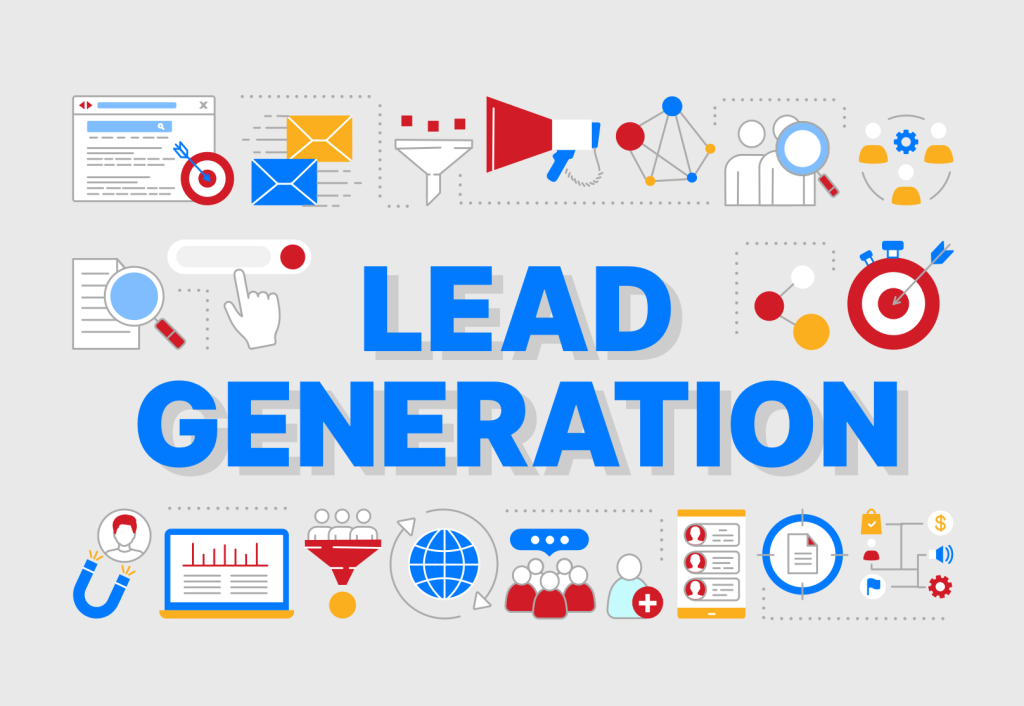

The Role of Content in Generating Leads
Content isn’t merely a medium to showcase expertise; it’s a magnet that draws leads. From well-researched blogs and insightful e-books to interactive webinars and compelling social media posts, quality content has the innate ability to attract, enlighten, and nurture potential leads, guiding them down the sales funnel.
Social Media: A Goldmine for Leads
The social media landscape, brimming with billions of active users, offers brands an unprecedented opportunity. Platforms like Facebook, Instagram, and Twitter have their merits, but for B2B entities, LinkedIn remains king. Echoing this sentiment, a study from LinkedIn itself divulges that a staggering 80% of B2B leads spring from the platform, underscoring the indispensability of a finely-tuned social media strategy.


The Power of CRM in Lead Management
Customer Relationship Management (CRM) tools have emerged as game-changers in the realm of lead management. Systems like Salesbook CRM, among others, have become indispensable for businesses across industries.
They not only organize and centralize all lead-related information but also provide a treasure trove of insights. With features that enable the tracking of lead interactions, preferences, and behaviors, CRM tools empower sales teams to craft and deliver pitches that are impeccably tailored to individual needs and circumstances.
Such personalization often translates to higher conversion rates and customer satisfaction levels.
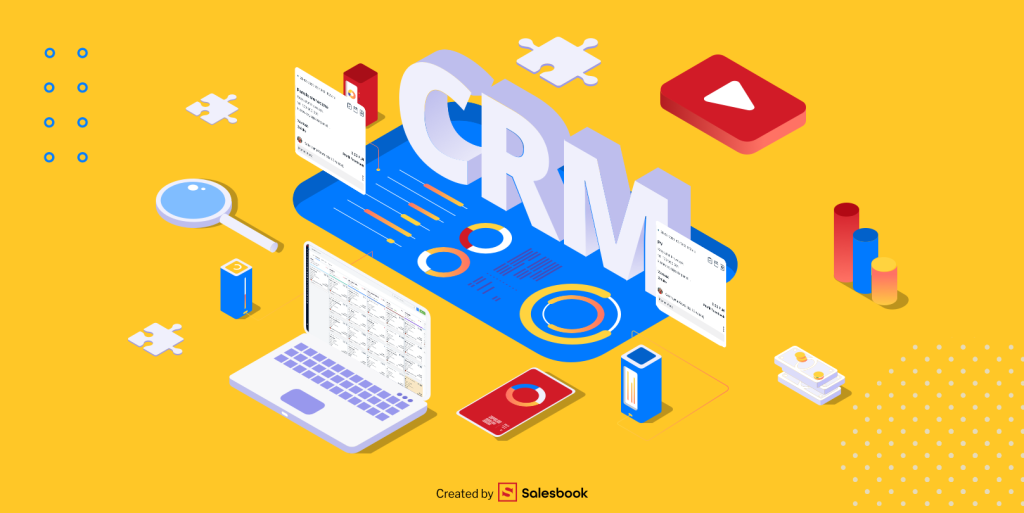

Data Analytics: Unearthing Patterns and Potential
In the age of Big Data, the capacity to sift through vast quantities of information and extract valuable insights is invaluable. Analytics tools can help businesses identify patterns in customer behaviors, assess the success rate of different lead generation strategies, and predict future trends. By effectively interpreting data, businesses can preemptively adjust their strategies and stay one step ahead of the competition.
Automation Tools
Automation isn’t about replacing the human touch—it’s about amplifying it. By leveraging tools like Salesbook Sales Automation, businesses can eliminate repetitive tasks, ensuring that every lead gets the attention it deserves. To put the impact of automation in perspective, a study by Forrester suggests companies that harness automation witness a striking 10% uptick in their sales pipeline.
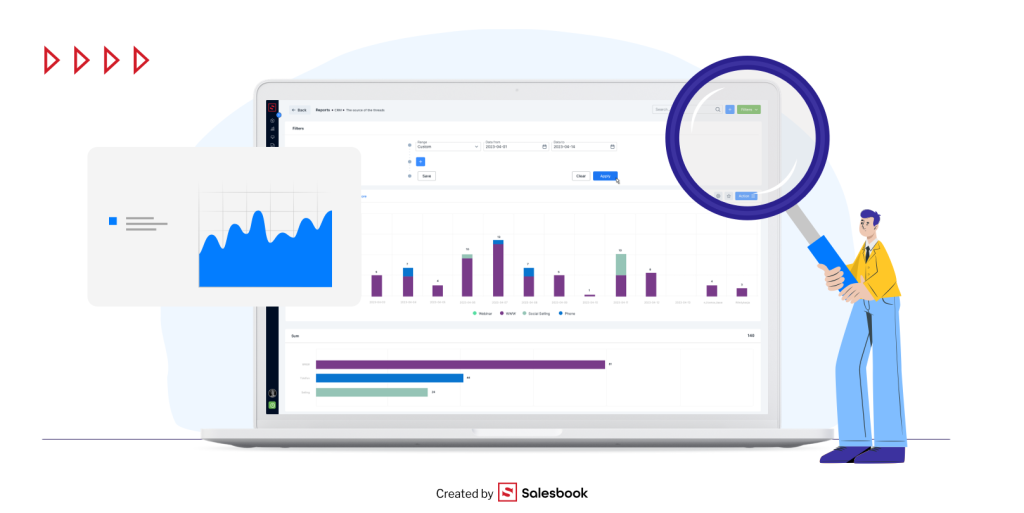

Personalization: The Differentiator in Modern Marketing
Personalized marketing isn’t just about addressing an email with the recipient’s name. It’s about delivering content, offers, and outreach that align perfectly with a lead’s specific needs, preferences, and behaviors. Tools that enable sophisticated segmentation and personalized outreach can significantly boost engagement and conversion rates.
Chatbots and AI: The 24/7 Sales Assistants
The rise of artificial intelligence has paved the way for chatbots in lead generation. These AI-powered assistants are available round-the-clock, instantly answering queries, guiding leads through initial stages, and even setting up appointments. Incorporating chatbots can not only improve user experience but also ensure that businesses capture leads even outside of regular working hours.


Interactive Content: Engaging Leads Actively
From quizzes and polls to interactive videos and infographics, interactive content is gaining traction as a potent tool for lead generation. It doesn’t just passively deliver information but engages potential leads, ensuring higher retention rates and more meaningful interactions.
Referral Programs: Tapping into Existing Networks
Never underestimate the power of word-of-mouth. Establishing a robust referral program can turn satisfied customers into brand ambassadors. Encouraging existing clients to refer potential leads in exchange for benefits can expand your lead base organically, and often, these leads have higher trust levels and conversion rates due to the personal connection.
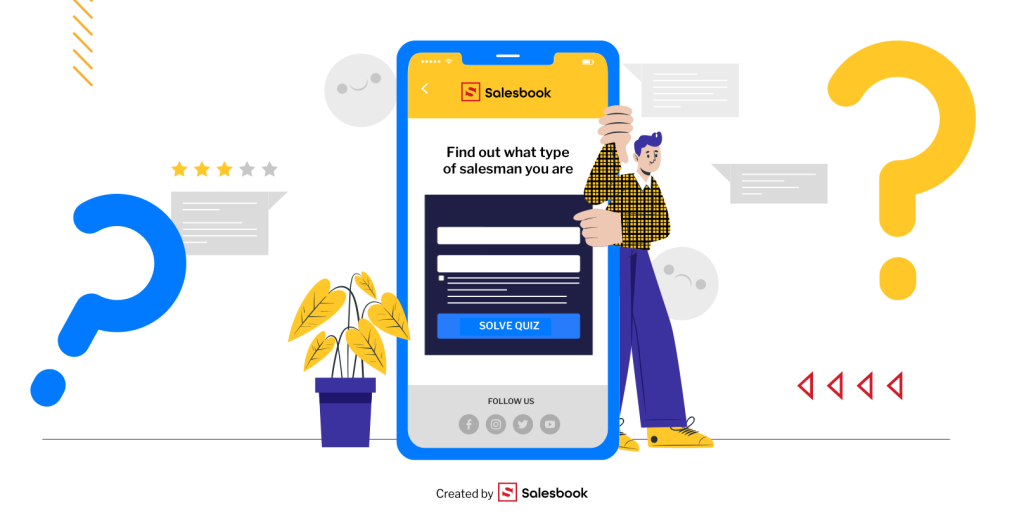

The Ever-Evolving World of Lead Generation
As we’ve explored, lead generation isn’t a static field. It pulsates with innovation, frequently introducing new strategies and advanced tools. The prominence of solutions like Salesbook CRM is indicative of this evolution, turning mere data into actionable insights that help businesses truly resonate with their audience.
Whether you’re navigating established platforms like LinkedIn or exploring the potentials of up-and-coming social media spaces, the core objective is unwavering: foster genuine connections and transform leads into loyal customers. Amid this fluidity, one constant remains — the need to be adaptable and responsive to the ever-changing landscape of lead generation.
Boost your sales with Salesbook
Schedule a free demo of Salesbook and see first-hand how you can increase your sales effectiveness and end up with burned-out leads. Click here.
Table of Contents


